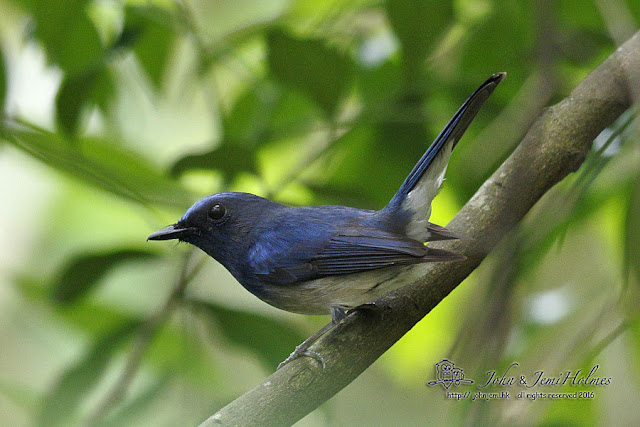I've been out to Po Toi only three times this spring. Twice on HKBWS boat trips, and once on the public ferry.
Here's a shot of the ferry, passing through some choppy water at the entrance to the small harbour. It's rough weather that can bring the birds in.
Po Toi is Hong Kong's most southerly island, and for a variety of reasons it may be the first piece of solid ground migrating birds see after they cross the South China Sea.
Here are two shots of a "Whew - just made it!" Grey-streaked Flycatcher.
Similarly, here a Blue Rock Thrush has just arrived, too.
On May 1st there were a few Chinese Sparrowhawks around.
And completing a migrant raptor theme, a solitary Grey-faced Buzzard the same day.
Here are two minivets that are more easily found on Po Toi than anywhere else in HK, at least for me. There is Swinhoe's Minivet - here you can see why it is called "Buff-rumped Minivet" in some books
And Ashy Minivet. It was actually in the same tree as the Swinhoe's Minivet above.
On May 7th I managed to connect with this Siberian Rubythroat in a dark gully on Po Toi. It was not quite the latest date ever for a species that is a passage migrant, but mostly a winter visitor to Hong Kong.
Both the spring boat trips were good social occasions, but the seabirds were mostly rather distant for photography. An exception - well, two exceptions really, were these two Aleutian Terns on a piece of driftwood.
The final shot is Jemi's - I didn't get any pics as the terns took off, losing my focus onto the waves.
I must do better next time !



























































